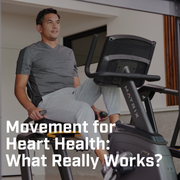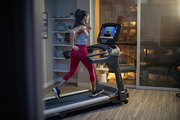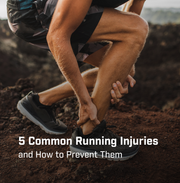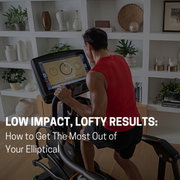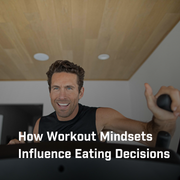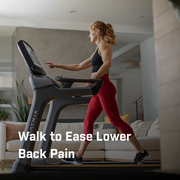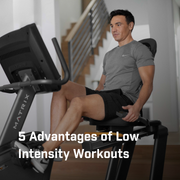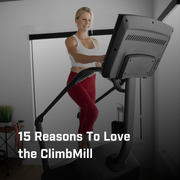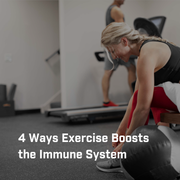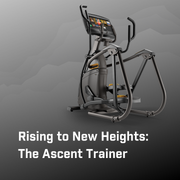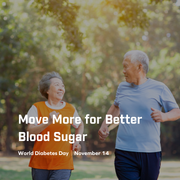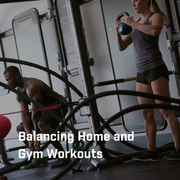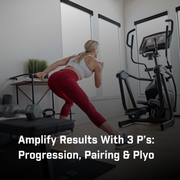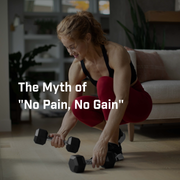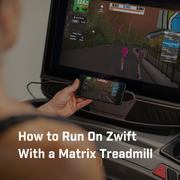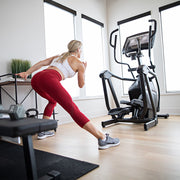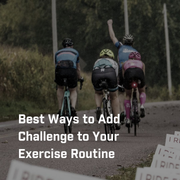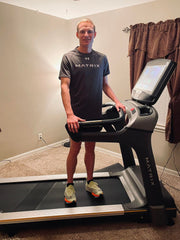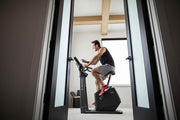Did you know a single workout can be effective at limiting your experience of anxiety? Anxiety describes an uncomfortable expectation or fear. Common symptoms include repetitive negative thoughts, and some may notice sweaty palms or a racing heart. It can leave us feeling helpless and frustrated.
It’s not just thinking patterns that are influenced by anxiety, because changes to the body also occur. Anxiety in the body looks very much like a prolonged and unpleasant state of stress. Anxiety damages blood vessels and is associated with a shorter lifespan in both men and women.
Men may be especially susceptible to anxiety-induced heart damage. For example, studies in men found that anxiety levels had strong predictive value for heart attack risk. Similarly, other research identified prolonged feelings of tension in men as a significant risk factor for heart disease.

What can we do?
Anxiety tends to make us focus on things that are beyond our control. It coincides with feelings of frustration and helplessness.
Exercise is a potent way to begin to take back that feeling of power. Moving your body can be a healthy way to regain a sense of control. This can help us feel empowered and to escape repetitive negative thoughts, especially if the exercise you select draws your attention to the present moment.
Research confirms that anxiety symptoms are highly sensitive to exercise. As you increase your heart rate during exercise, part of your nervous system takes over. This fight-or-flight sympathetic system raises your blood pressure, increases sweating, and helps your heart rate match your physical demands.
Yes, this system is also working during feelings of anxiety, but exercise causes further changes that help you feel better. These include feel-good brain chemistry changes that help us attain a more positive mood. And exercise even causes the release of your own natural opioids within the body, which activate opioid receptors and suppress pain.
In addition to helping us feel better, a single workout can reset our perception of stress. This has been shown in studies that asked exercise participants to complete surveys about their mood and outlook after exercise.
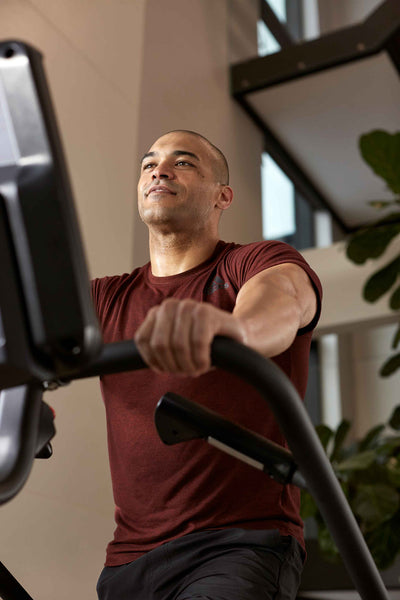
Simulating stress in the lab
One of the interesting research strategies in this field is to expose a group to exercise, then measure their stress responses to an anxiety-inducing procedure.
Stressful circumstances are simulated in research studies by having participants imagine distressing circumstances. Worrying is stressful! Alternatively, they may involve impromptu public speaking. And one of the most effective strategies involves both public speaking combined with math, where participants verbalize solutions to math problems while speaking into a microphone. (Yikes!)
A workout can reduce the perceived severity of nerve-wracking tasks. This means less bodily changes and faster recoveries, such as less impact on blood pressure and heart rate. Exercise appears to buffer us from the negative effects of stress.
How is the body able to “downgrade” the experience of stress after exercise? Research suggests this happens because exercise suppresses our stress responsiveness.

What happens next?
Taken all together, these studies suggest that a single workout can be effective at limiting your experience of anxiety.
Learning about all these studies can help your situation if they motivate you to take action! What can you do to move your body today more than yesterday? Will you embrace a heart-thumping workout? Even low-intensity exercise sessions can help us feel better, so make the choice to move your body!
_______________________________________________________________
About the Author

Karlie Intlekofer, PhD, CNC, CPT, Global Wellness Researcher, Matrix Fitness
Our Global Wellness Researcher, Dr. Karlie Intlekofer, is a neuroscientist that specializes in researching the impact of exercise on brain health and wellbeing. Her passion in the field is bolstered by experience working with a wide range of ages and abilities as a personal trainer and group exercise instructor. In collaborating with Athletic Business, she offers fitness professionals strategies for helping their members and clients better understand and leverage the power of fitness to improve mental health.
Disclaimer: This blog post is for informational and educational purposes only and does not substitute for professional medical advice. The above information should not be used to diagnose, treat or prevent any disease or medical condition. Seek the advice of your health care provider before making changes to your diet, daily activity, sleep or fitness routine and any questions you may have regarding your health or a medical condition. Matrix Fitness assumes no responsibility for any personal injury or damage sustained by any recommendations, opinions or advice given in this article. Always follow the safety precautions included in the owner's manual of your fitness equipment.
